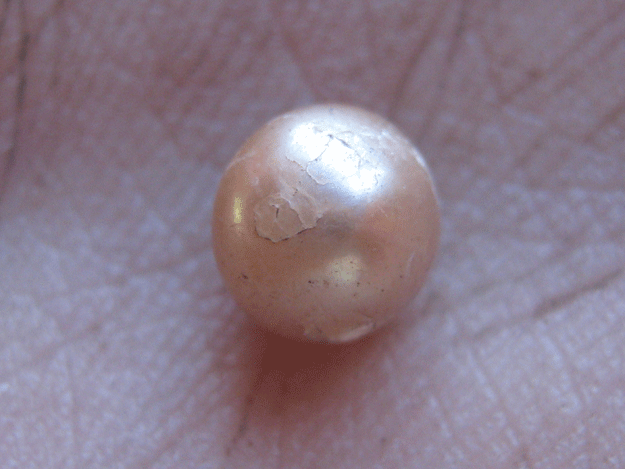
Archaeologists were working the site on the north Kimberley coast of Western Australia when they came across the unique gem below the surface, said Kat Szabo, an associate professor at the University of Wollongong.
"Natural pearls are very rare in nature and we certainly -- despite many, many (oyster) shell middens being found in Australia -- we've never found a natural pearl before," Szabo, who specialises in studying shells at archaeological sites, told AFP.
A midden is a prehistoric refuse pit.
"The location makes it particularly significant because the Kimberley coast of Australia is synonymous with pearling, and has been for the better part of the last century."
The pink-and-gold-coloured pearl is almost spherical, with a five-millimetre diameter. Due to its near-perfect round shape, the researchers used a micro CT scan to test its age and prove that it was naturally occurring rather than a farmed modern cultured pearl.
The oysters that produce pearls have been used in rainmaking ceremonies in indigenous cultures, and their shells have been found in the central desert more than 1,500 kilometres (930 miles) away.
Archaeologists have known about the rainmaking rituals but were not aware of how far back in history they had been practised.
"Studying the pearl has led us to the study of the layer in which it's found," Szabo said.
"In indigenous terms, that's telling a really interesting story about a cultural tradition to do with pearl shells which we knew historically but we've never been able to prove that it went back into the past."
The pearl is set to go on display at the Western Australian Maritime Museum in Perth later this month, with details of the find published in the Australian Archaeology journal.










1732354127-0/Untitled-design-(3)1732354127-0-270x192.webp)






COMMENTS
Comments are moderated and generally will be posted if they are on-topic and not abusive.
For more information, please see our Comments FAQ